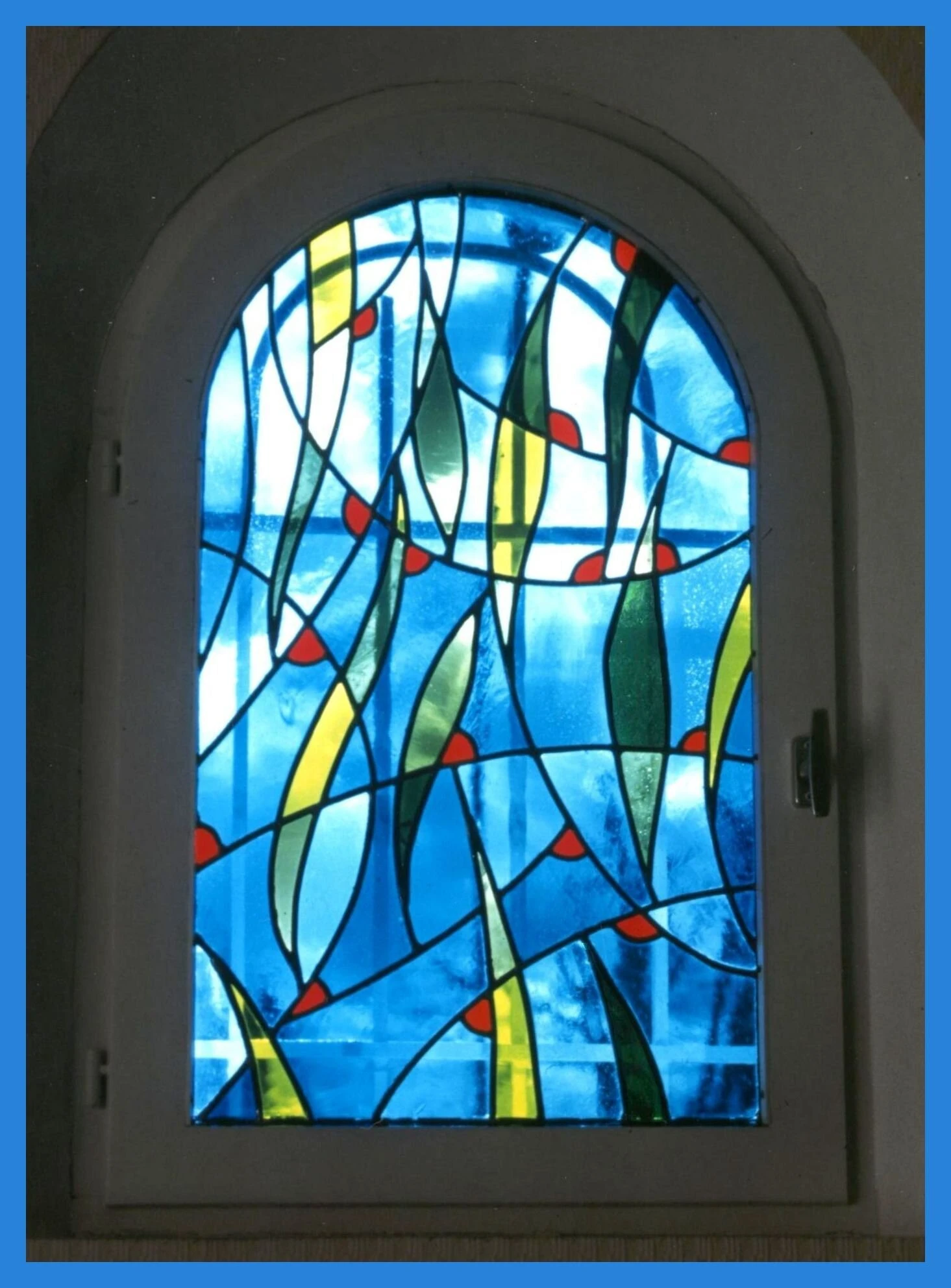

Understanding Double Low E Glass A Sustainable Choice for Modern Architecture
In today’s world, the pursuit of energy efficiency and sustainability has become a defining feature of modern architecture. Among the innovative materials available to builders and architects, double low E (emissivity) glass stands out as a vital component in creating energy-efficient buildings. But what exactly is double low E glass, and how does it contribute to greener living spaces?
Understanding Double Low E Glass A Sustainable Choice for Modern Architecture
One of the principal benefits of double low E glass is its superior insulating properties. When installed in windows, it significantly reduces the amount of heat transferred between the interior and exterior of a building. During winter months, it minimizes heat loss from the indoors, keeping spaces warmer and reducing reliance on heating systems. Conversely, in summer, it reflects solar heat away from the interior, helping to maintain cooler indoor temperatures and lessening the need for air conditioning. This dual action not only enhances comfort but also leads to substantial reductions in energy bills.

Moreover, double low E glass contributes to environmental sustainability. By decreasing the amount of energy needed for heating and cooling, buildings equipped with this advanced glazing technology help lower carbon emissions associated with electricity generation. This is particularly crucial in regions where fossil fuels remain a primary energy source. The adoption of energy-efficient materials like double low E glass supports not only individual household savings but also broader efforts to combat climate change.
Apart from its energy-saving advantages, double low E glass also offers improved acoustics and UV protection. The insulating properties of the glass help to dampen outside noise, creating a more serene indoor environment. Additionally, low E coatings block a significant percentage of harmful UV rays that can fade furnishings, artwork, and flooring over time. This protection allows homeowners and businesses to preserve their investments while enjoying the natural light that windows provide.
Installation of double low E glass is also a seamless process, making it an attractive option for both new constructions and retrofits. It can be incorporated into various types of windows, including casement, double-hung, and sliding designs. This versatility enables builders to maintain aesthetic appeal without sacrificing performance.
In conclusion, double low E glass presents a compelling solution for those seeking to enhance energy efficiency in their buildings. With its ability to reduce heat transfer, lower energy costs, and support environmental sustainability, it has become a preferred choice for architects and homeowners looking to embrace a greener future. As society continues to prioritize energy conservation and eco-friendly solutions, the role of double low E glass in modern architecture will undoubtedly grow, paving the way for more sustainable living spaces that align with our planet’s needs.